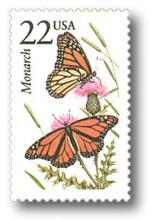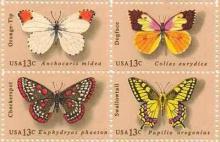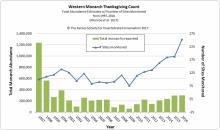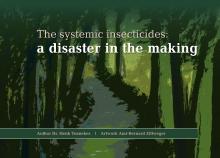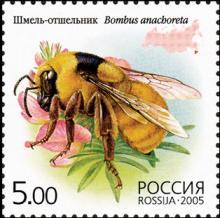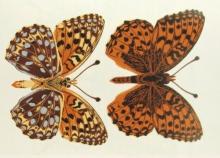22 million fewer monarch butterflies this year
- Read more about 22 million fewer monarch butterflies this year
- Log in to post comments
One of the sure signs of spring — monarch butterflies (Danaus plexippus) — might be harder to find this year, scientists announced this week. The number of monarch butterflies at winter breeding grounds in Mexico is around 78 million , down from 100 million a year before. The figures illustrate the striking decline in the migrating butterflies' population in past two decades. Today, monarchs number less than one-tenth of their population in 1996, when scientists estimated a whopping 1 billion of the insects.

